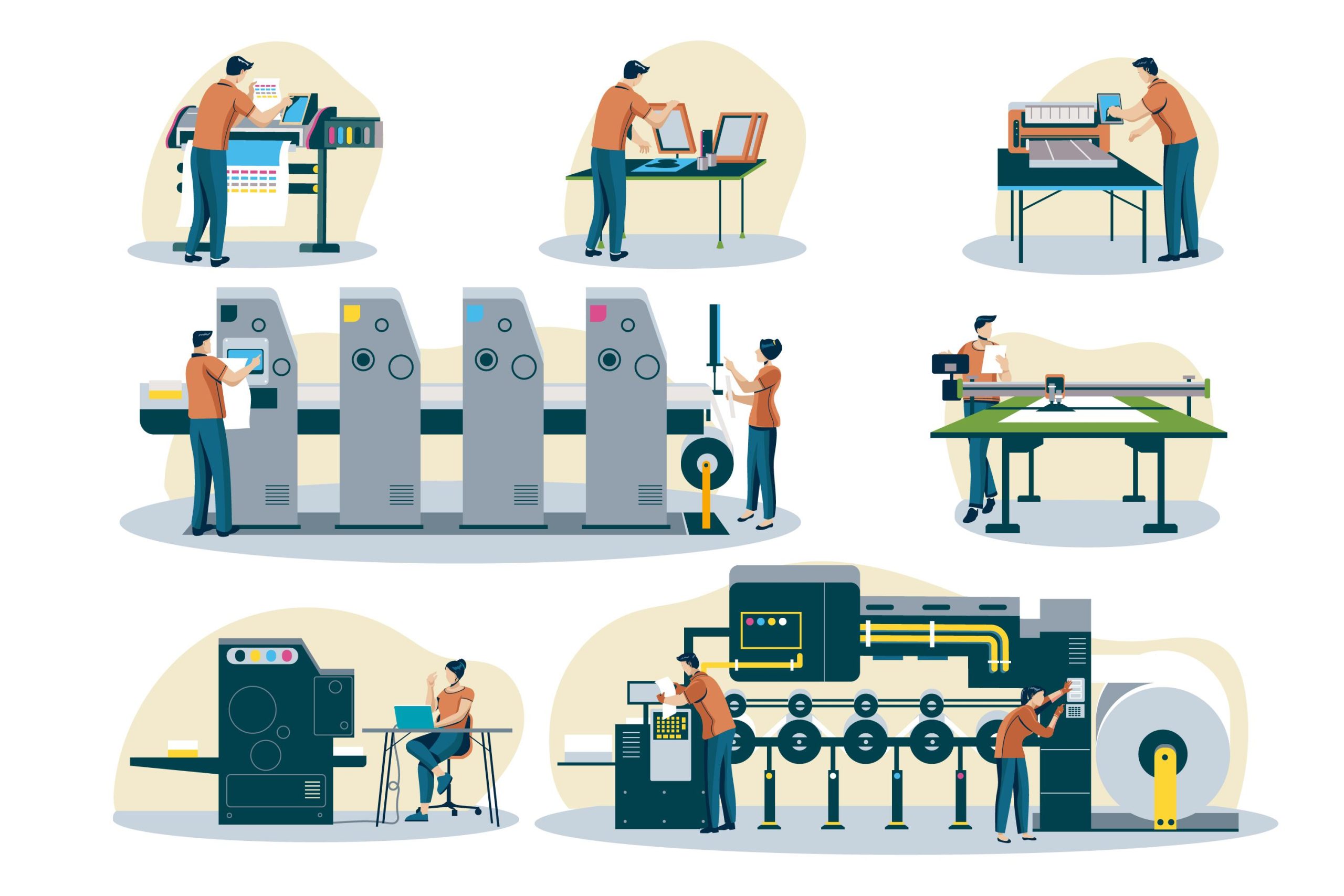We’re nearing the end of 2022, and businesses are looking forward to 2023. There are potentially some economic headwinds ahead, so companies have to be especially careful about where they’re putting their money, including when it comes to purchasing equipment.
For example, maybe your business is on the fence about investing in something like a slitter rewinder machine or a similar piece of equipment.
While you might be worried about economic conditions in the upcoming year, that doesn’t mean it’s not the right time to invest in equipment. You just have to be especially thoughtful before you make any big investments.
With that in mind, the following are considerations and things to keep in mind before making a business investment in any new equipment.
1. Be Realistic in Assessing Your Business
Before you make any investment, no matter the larger economic conditions that you might find yourself in, it’s important that you assess your business and where you are from an honest, realistic standpoint.
This means that you want to think about what your objectives are in making the equipment investment.
Do you want to stay competitive? Are you hoping you’ll increase productivity? Maybe your primary goal is to use your equipment to be more successful in the marketplace. Maybe you have multiple goals you hope to achieve, but you just want to focus on realism.
Don’t be swayed b marketing campaigns that are making claims that are unrealistic for your business. Make sure you can answer some of the most important questions about why you want to make an equipment investment before you do anything else.
You have to make sure that you’re able to identify the very specific business need or needs that the equipment is going to meet. Maybe, for example, you’ll be able to offer a service you haven’t been able to before.
2. Buy or Lease?
There are benefits to buying equipment, but also to leasing it. Some of these decisions will depend on the equipment itself.
When you purchase equipment, you own it as soon as you finish your transaction, and that means your business is able to amortize the cost throughout the equipment’s lifespan. You might also be able to get equipment financing for more than your purchase price, and that can cover additional expenses like training and installation.
If you’re looking at equipment that rapidly becomes obsolete or that you need for just a specific project, leasing could be more appropriate.
Renting might mean lower payments than what you would have paid for the initial purchase price, but this could end up costing more over the long run.
Depending on how a lease is structured for equipment, the payments could be an inclusion as part of your operating costs.
As part of this comparison, look at the lifetime cost of ownership.
You’ll include the purchase price in this as well as things like installation costs, taxes, potential downtime during the integration of the equipment and employee training. Also included in this will be software and hardware updates, potential repairs, vendor support costs, and a contingency for any unexpected costs that could arise.
3. What’s Going On with Your Current Equipment?
If you’re thinking about purchasing an entirely new piece of equipment, this might not be relevant to your decision, but if you’re thinking about replacing something, consider how much you’re currently paying for repairs versus the cost of replacing it.
If you have a financial advisor, have them do a report on your repair costs and see what you’re spending on these sunk costs. You have to remember that there’s no added value that’s coming from paying for equipment repairs.
When you assess those figures, would it be better to go ahead and invest in something new rather than continuing to fix equipment?
4. Are You Outsourcing the Work?
If you’re outsourcing work that could be otherwise done in-house if you made an equipment investment, it could be the right time to think about buying or renting.
It’s common to outsource work, but when you purchase new equipment, even when factoring in the costs of training an existing employee or employees, it’s probably going to cost quite a bit less over time.
If you’re outsourcing essential parts of your operations only because of a lack of equipment, you might need to make a purchase.
5. What’s Your Financial Situation?
Finally, think about your overall business financial situation. You don’t want to get overly caught up in business growth without first considering whether you’re financially ready for a big purchase.
Look beyond what’s happening currently and try to project costs, and see how you might be able to reduce the financial impact on your business.
































































